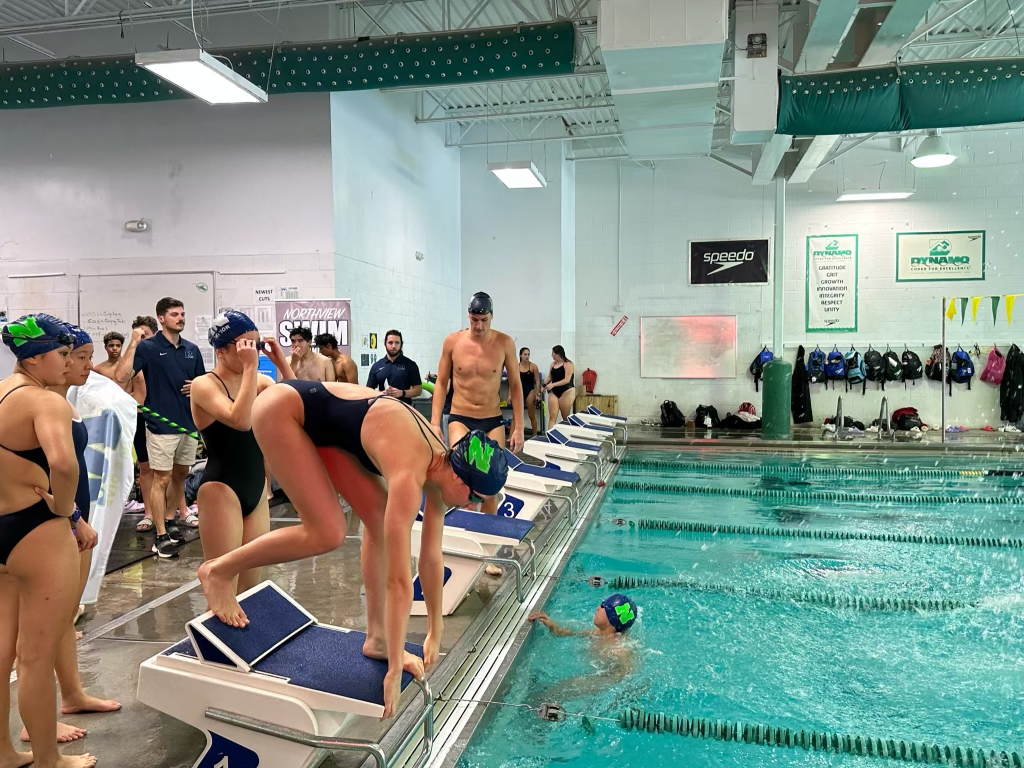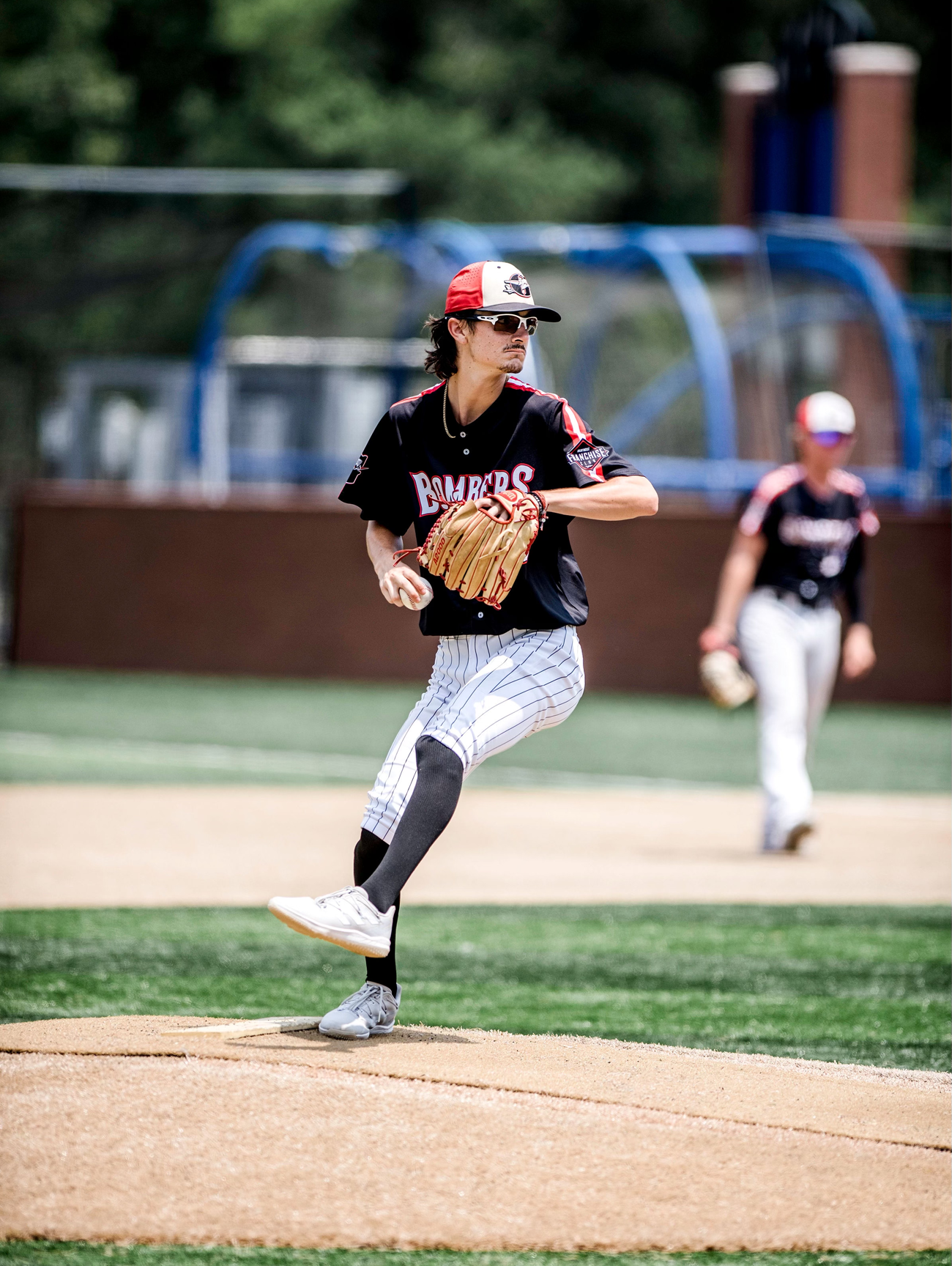Commitment, community, and competition: school sports VS. club sports
The differences and similarities between club teams and school teams as told by the playersPhoto curtesy of Ellie Rosen, Sasara Crowley, Logan Brown, & Ana Cabrera
Anya Biswas, Features Editor, & Ali Gray, Staff Writer
At Northview, some student-athletes play strictly for their high school team, while others play at the club level. Some do both. While the sport remains the same, the biggest changes are the teammates, the coaches, and the level of competition. While club sports have members from across the state, taking part in school sports allows students to meet other peers across different grades outside of school classes.
“I felt that [joining the Northview Swim and Dive Team] was a good way to be more involved in the school and have something to kind of create a community within the school,” Sasara Crowley, a junior on the Northview Swim and Dive Team and Swim Atlanta club team, said.
On the Northview Swim and Dive Team, Crowley and her team bond through fun activities like dress-up days and a Secret Santa exchange. According to Crowley, she has been able to form strong connections with her teammates on the Northview Swim and Dive Team, and they meet outside of swim to hang out with each other.
That community is more than the team and coaches at the high school level. Having a student fanbase to back an athlete up is a major aspect of teams at school. Junior Ana Cabrera, varsity volleyball and M2 Volleyball Club player describes how school sports bring a strong community feeling.
“I like high school volleyball because you have a community of people around you that are behind you at every home game; a lot of your friends will come and watch you,” Cabrera said.
On the other hand, players like Ellie Rosen, a junior soccer player on the Northview team, and her club team, connect with their club team differently. The club team players’ passion drives more competition between players, pushing everyone to further their skills.
“Club is a different type of bonding. It’s a little bit more serious when it comes down to it, but we still make great connections,” Rosen said.
This more serious environment stems from the goals of players. While it’s common to play at the high school level and stop playing after four years, many club players have an end goal of playing in college, and possibly even finding a career in their sport. One such student looking to take things to the next level in college is Logan Brown, a junior on the Northview varsity baseball team; he also plays on the Georgia Bombers travel team.
“My team is competitive which is good because we are all trying to play in college. So it's a more serious environment,” Brown said.
This competition also means a bigger time commitment. When school and club seasons overlap, players must juggle their time between practices and games. It means taking part in twice the activity.
“It’s definitely a lot to manage. Most of the time the seasons don't intertwine with each other, but for a month they do,” Rosen said. “It’s definitely a lot to handle with school, too.”
This dedication not only makes balancing school work more difficult but can make maintaining friendships harder as well. While traveling causes a more natural bond with club teammates, it can make it more difficult to socialize with others outside of the club team and take on other commitments.
“You don't really get to hang out with your friends as much because you're traveling pretty much every weekend over the summer,” Brown said. “You don't get a lot of downtime.”
The benefits and downsides of both club teams and school teams allow players to find a balance that works for them. But one thing is clear, it takes dedication to play on both types of teams.





